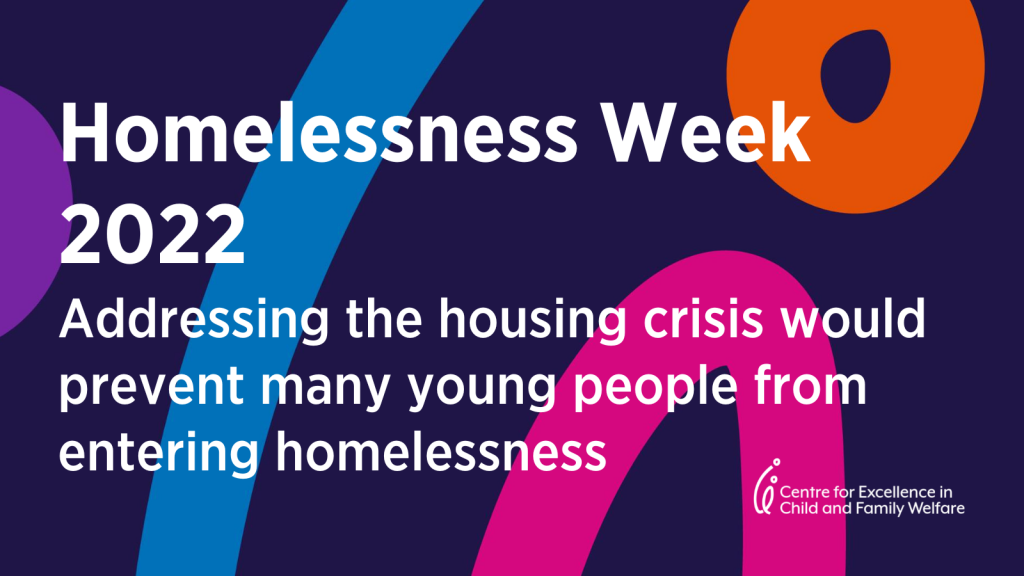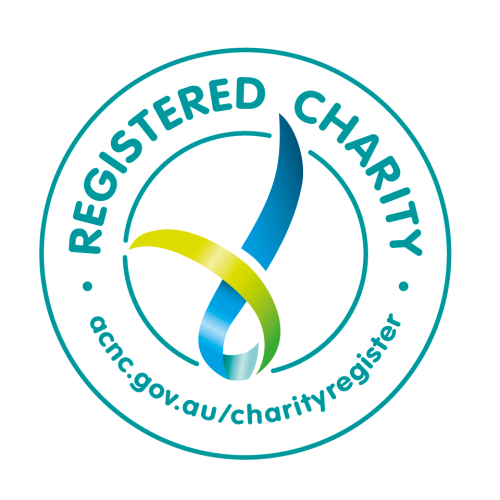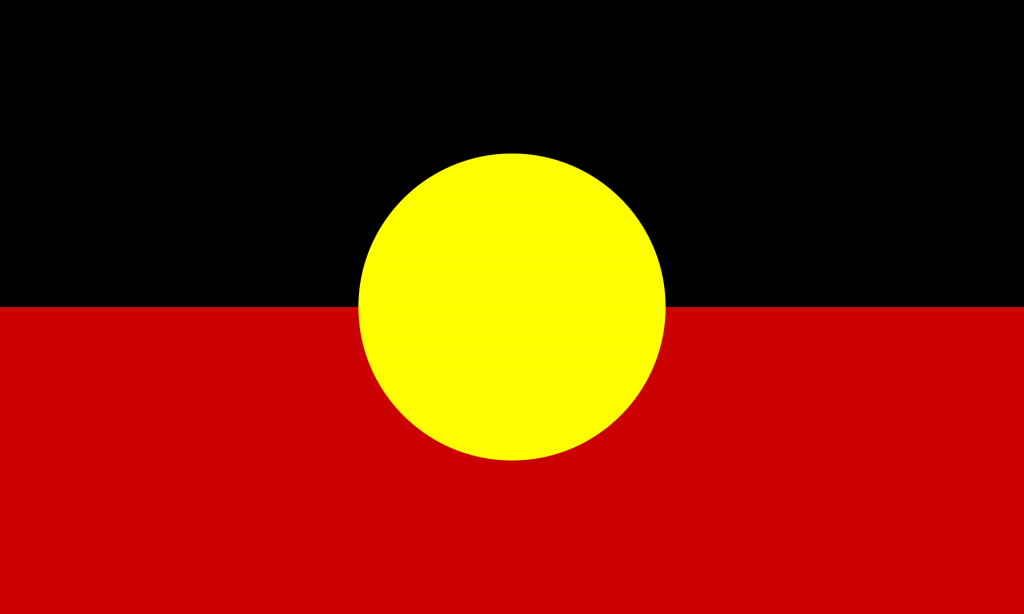When Ruby was 17 she became homeless.
Ruby had been in and out of foster and residential care since she was 6, and at 17 was placed in temporary housing by the Government.
But the experience was difficult and when another young person living in the accommodation became abusive, Ruby made the decision to leave in fear for her own safety.
Ruby found herself in a hotel room, where she lived off microwave meals.
She considers herself lucky: “I was lucky enough to have an amazing support group who were determined for me to have a safe place to call home. It wasn’t perfect, but it was better than the alternative – to sleep on the streets”.
Eventually, a local estate agent offered Ruby a small apartment in northeast Victoria. But many young people aren’t so lucky, and every year in Australia thousands of young people end up on the street.
Young people with an experience of out-of-home care (including kinship, foster or residential care) are at far greater risk of homelessness than other young people. Many have no parents or guardian to support them while they find their feet, and many have experienced trauma that increases the likelihood of mental health problems, substance abuse and family violence.
The Home Stretch campaign sought to address the elevated risk of homelessness that young people with an experience of out-of-home care face. The campaign successfully advocated to extend the provision of accommodation allowance and flexible funding for care leavers to 21, giving young people in care far greater stability for three additional years. All states and territories bar New South Wales have now committed to implementing extended care to 21, giving many young care-experienced Australians additional support to prevent homelessness after they leave care.
But more is needed. For Ruby, housing was the main factor that drove her to homelessness.
“I think I would have avoided homelessness if I wasn’t placed in the housing situation I was in before becoming homeless. If I had gone straight to my own place I think I’d have been able to find my feet”.
Reggie also experienced homelessness after leaving care on two separate occasions when they were 18 and 19.
“I stayed in youth refuges, like WAYS in Dandenong, as well as in a rehab centre for psychiatric conditions in Mont Albert,” they said.
“I also couch-surfed but I never allowed myself to sleep on the street – it was too frightening. I would drink coffee until morning and then go to Front Yard Youth services on King Street at dawn.”
Reggie blames a lack of housing and limited information on housing options.
“I definitely fell through the cracks of the system, and there was no support for me once I left out of home care”, they said.
Reggie acknowledges that there are more supports for care leavers now than when they were leaving the care system, but thinks there is more to be done, particularly to help care experienced young people with mental health problems, or those from culturally diverse backgrounds to find housing and support services.
Access to affordable and adequate housing is a huge issue for many Australians, not least young people in precarious circumstances. In the year to December 2021, rents across Australia increased 9.4 per cent while wages grew just 2.3 per cent. In regional Australia, the squeeze has been tightest, with rents increasing 12.1 per cent in the same period.
The Centre for Excellence in Child and Family Services is Victoria’s peak body for child and family services, and a strong advocate for greater access to housing, an increase to social supports, and policy changes that positively impact the lives of all young people but particularly those who’ve had system contact.
Deb Tsorbaris, CEO at the Centre, said: “There has been significant progress to address youth homelessness and the Home Stretch campaign is emblematic of the amazing inroads made to protect young people with an experience of care from homelessness.
“But more is needed – at both state and federal levels – to ensure that all young Australians have a safe place to call home. Housing availability and rent prices are a major issue across the country, and are hitting vulnerable people the hardest. We need adequate rent assistance and income support for those who need it, and greater investment in social housing to accommodate all Australians.
“And we urgently need a youth housing project to protect young people like Ruby from falling into homelessness. All young people deserve the opportunity to find their feet and to set themselves up for life but they need somewhere to live in order to do this.”
Homelessness Week in Australia is between 1 – 7 August 2022.
When asked why homelessness matters, Ruby said: “Homelessness matters and is something that no one deserves to experience. Homelessness prevents people from doing normal daily thing: eating, practicing general hygiene, completing high school… It’s a tragedy that destroys lives”.






